There is a unique magic that occurs when the silver screen transforms real-world locations into legendary landscapes of our collective imagination. For decades, filmmakers have scoured the globe to find settings that breathe life into their stories, turning anonymous streets into iconic backdrops and quiet natural wonders into epic battlegrounds. These places, once ordinary, become forever etched in cinematic history, drawing pilgrims who wish to walk in the footsteps of their favorite characters and experience the palpable energy of a scene come to life. This journey—a cinematic pilgrimage—is more than simple tourism; it is an act of connection, a way to touch the art we love and see our own world through the lens of storytelling.
The allure of these locations lies in their power to make fiction feel tangible. To stand on the rocky beach of Maya Bay in Thailand is to be instantly transported into the chaotic paradise of The Beach. The turquoise water and towering limestone cliffs are exactly as dazzling in person as they were in the film, yet they carry the weight of a million dreams projected onto them. Similarly, the quaint, charming Matamata in New Zealand did not just host the set of The Lord of the Rings; it became, and will forever be, The Shire. The attention to detail in the hobbit holes and the rolling green hills blurs the line between construction and nature, allowing visitors to fully believe they have stepped into Middle-earth. It is this seamless fusion of reality and fantasy that fuels the desire to visit.
Some locations offer a quieter, more reflective form of pilgrimage. The small, unassuming town of Astoria, Oregon, for instance, will forever be linked to the classic 1985 film The Goonies. Fans flock not to a grand set, but to the ordinary-looking house that served as Mikey’s home. They stand before it, not just seeing a building, but recalling the thrill of the adventure that began at its doorstep. It is a testament to how film can inject profound meaning into the mundane. Across the Atlantic, the Glenfinnan Viaduct in the Scottish Highlands offers a more majestic sight. As the Jacobite steam train (known to millions as the Hogwarts Express) curves dramatically over the viaduct, the surrounding mountains and lochs complete a scene of raw, magical beauty, making every visitor feel they’ve received their own letter to Hogwarts. Urban landscapes provide a different yet equally powerful draw. The steps of the Philadelphia Museum of Art are forever famous not for their architectural grandeur, but as the site of Rocky Balboa’s triumphant training run. Visitors today still mimic his famous sprint to the top, arms raised in victory against the city skyline. It is a ritual that celebrates underdog spirit, a physical interaction with a symbol of perseverance. On the other side of the world, the vibrant, neon-drenched streets of Shinjuku in Tokyo became a central character in Lost in Translation. Travelers seek out the Park Hyatt Tokyo’s New York Bar, not just for a drink, but to soak in the same melancholic, yet electric, atmosphere of connection and isolation that defined the film. The impact of this phenomenon on the locations themselves is profound and often double-edged. The sudden surge of fame can bring significant economic benefits to a region, creating jobs and sustaining local businesses. However, it can also lead to overtourism, straining infrastructure and disrupting the daily lives of residents. The very authenticity that attracted filmmakers and visitors can be threatened by the crowds that follow. The challenge for these communities is to manage their newfound popularity sustainably, preserving the magic of the place without loving it to death. This requires careful planning, from limiting visitor numbers to creating dedicated tourism revenue funds for preservation efforts. For the traveler, the key to a rewarding cinematic pilgrimage is to go beyond the simple photo opportunity. It is about context and immersion. Research the history of the location, both its real-world significance and its role in the film. Visit during off-peak hours to experience a sliver of the atmosphere the filmmakers first encountered. Support local businesses—eat at the family-owned café, not the international chain. Perhaps most importantly, be present. Stand quietly and let the place speak for itself. Imagine the crew setting up their cameras, the actors hitting their marks, and feel the echo of the story that was told there. In doing so, you become a part of the location’s ongoing narrative. From the rugged landscapes of New Zealand to the bustling crossroads of Tokyo, these real-world film locations stand as permanent portals into the stories that have moved us. They are a testament to the powerful collaboration between nature, human creation, and narrative art. A cinematic pilgrimage is, therefore, one of the most personal forms of travel. It is a journey driven by memory, emotion, and a deep-seated desire to connect the dots between the imagined and the real, proving that the magic of the movies doesn’t have to end when the credits roll.
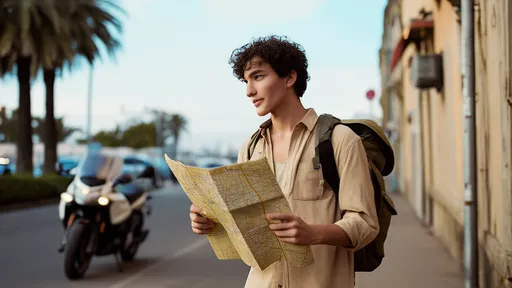
By /Aug 22, 2025

By /Aug 22, 2025

By /Aug 22, 2025
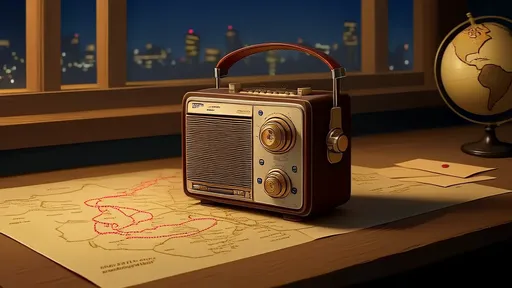
By /Aug 22, 2025
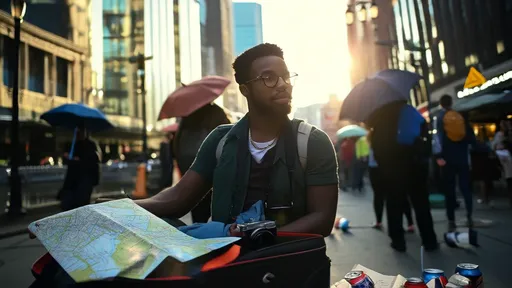
By /Aug 22, 2025

By /Aug 22, 2025

By /Aug 22, 2025

By /Aug 22, 2025
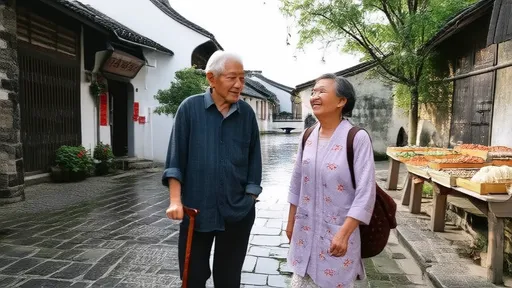
By /Aug 22, 2025
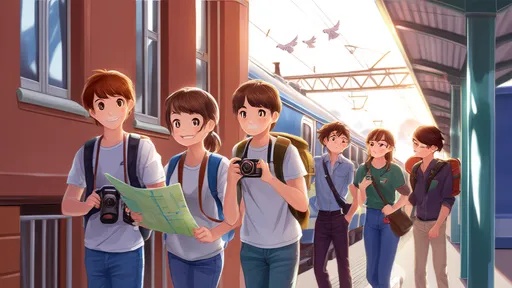
By /Aug 22, 2025

By /Aug 22, 2025

By /Aug 22, 2025

By /Aug 22, 2025
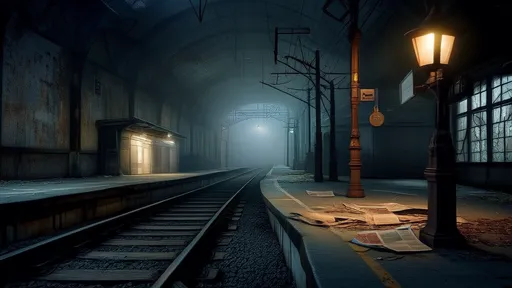
By /Aug 22, 2025

By /Aug 22, 2025

By /Aug 22, 2025
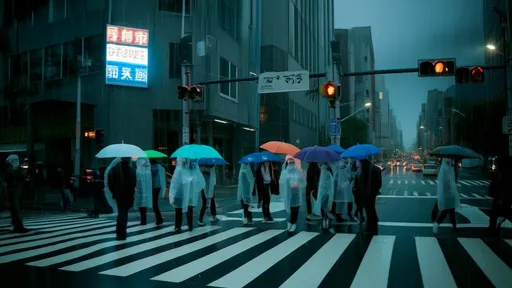
By /Aug 22, 2025

By /Aug 22, 2025
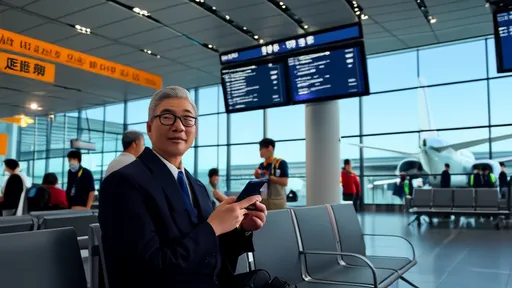
By /Aug 22, 2025

By /Aug 22, 2025